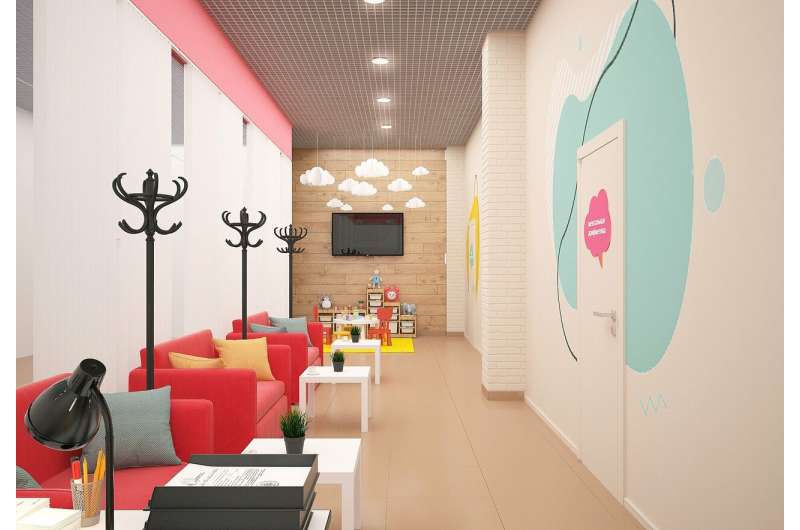This article has been reviewed according to Science X's editorial process and policies. Editors have highlighted the following attributes while ensuring the content's credibility:
fact-checked
trusted source
proofread
Study finds facilities treating poor patients penalized by CMS payment model

A new study of more than 2,000 dialysis facilities randomized to a new Medicare payment model aimed to improve outcomes for patients with end-stage kidney disease has found that facilities that disproportionately serve populations with high social risk have lower use of home dialysis and transplant waitlisting and fewer kidney transplants. These facilities thus received reduced performance scores and reimbursement from Medicare.
A high proportion of non-Hispanic Blacks and of those initiating dialysis while uninsured or Medicaid-covered also was found to be an indicator of lower use of home dialysis and transplant waitlisting and fewer kidney transplants.
"Social Risk and Dialysis Facility Performance in the First Year of the ESRD Treatment Choices Model" is published in JAMA.
The goal of the study authors was to identify how this new payment model would help or hurt dialysis facilities treating patients with high social risk. Their analysis raises concerns that sites treating these vulnerable patients may fare poorly under the new payment model and ultimately might not have sufficient funding to remain open and care for patients.
The rate of home dialysis in the U.S. is significantly lower than that of other developed nations. A kidney transplant is considered the best option for most patients with end- stage kidney disease.
The new study explored the first year (2021) of the End-Stage Renal Disease Treatment Choices Model, which was developed to encourage greater use of home dialysis and kidney transplants for Medicare beneficiaries. Individuals of any age with this condition are typically eligible for Medicare coverage.
"We found that, unfortunately, the dialysis facilities that treated patients with higher social risk, including those facilities that serve higher proportions of patients who were non-Hispanic Black or Hispanic and those who were dually eligible for Medicaid and Medicare as well as those living in a highly disadvantaged neighborhood, were more likely to be financially penalized under this model," said study co-author Rachel Patzer, Ph.D., MPH, president and CEO of Regenstrief Institute and Leonard Betley Professor of Surgery at Indiana University School of Medicine.
It is likely that the below-average outcomes were a result of the socioeconomic issues faced by these patients, factors that are beyond the control of the facilities that serve them. Recognizing this, CMS added a risk-stratification component to the payment model for subsequent years. However, the analysis presented in the paper suggests that this program modification will not be sufficient to address the problem.
"In the first year, this payment scheme inordinately penalized facilities that serve higher proportions of patients with high social risk," said study first author Kalli Koukounas, MPH, a graduate student at Brown University School of Public Health. "As we've seen other pay-for-performance programs do in the past, this model, in its first year, imposed penalties at a greater rate on facilities that serve high-risk populations."
"This is an important finding because dialysis facilities are typically considered the medical home for patients, and facilities that disproportionately serve patients with higher social risk factors may need additional resources and care to support patients," noted Dr. Patzer.
"Much of our prior work has identified stark racial and socioeconomic inequities in access to optimal kidney failure care across the United States. We want to ensure that these facilities have more, not fewer, resources to take care of those patients."
Kidney failure disproportionately impacts socially disadvantaged communities due to upstream social determinants of health over decades. Major causes of kidney disease and end-stage kidney failure include diabetes, obesity, and hypertension.
The study authors conclude that their "findings, coupled with the escalation of penalties to as much as 10 percent in future years, support monitoring the ETC [End-Stage Renal Disease Treatment Choices] model's continued impact on dialysis facilities that disproportionately serve patients with social risk factors, as well as its influence on outcomes and disparities in care among patients treated in these sites."
More information: Kalli G. Koukounas et al, Social Risk and Dialysis Facility Performance in the First Year of the ESRD Treatment Choices Model, JAMA (2024). DOI: 10.1001/jama.2023.23649




















